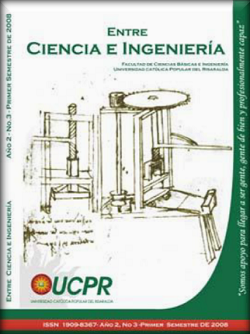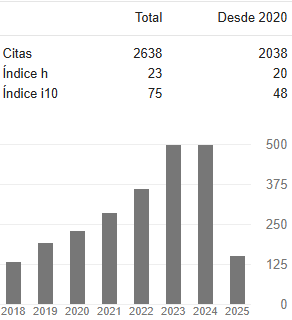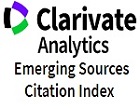Study of the Ewma Chart in the presence of autocorrelated data
DOI:
https://doi.org/10.31908/19098367.798Keywords:
Control charts, exponentially weightedmoving average, autocorrelated data, autoregressive-moving average model.Abstract
Control charts are traditionally applied to industrial processes, assuming that theobservationssequence does not have any autocorrelation, butthis assumption is frequently violated in practice. The presence of autocorrelation has a serious impact on the performance of control charts, causing a dramatic increase in the frequency of false alarms. This paper presents the construction and implementation form of the chart of exponentially weighted moving average EWMA, in presence of autocorrelated data proposed by Montgomery, D.C. y Mastrangelo, C.M. (1991), through a programmingroutine and its application to a model of autoregressive-moving average model ARMA(p, q), obtained by simulation.
Downloads
References
Box, G.E.P. y Jenkins, G.M. (1976). Time Series Analysis, Forecasting, and Control. Holden Day, Oakland, CA.
Brockwell, P.J. y Davis, R.A. (1996). Introduction to Time Series and Forecasting. Springer-Verlag, New York.
Hunter, J.S. (1986). The Exponentially Weighted Moving Average. Journal of Quality Technology 18, pp. 203-209.
Montgomery, D.C. (1991). Introduction to Statistical Quality Control. 2 nd ed., John Wiley Sons, New York, NY.
Montgomery, D.C. y Mastrangelo, C.M. (1991). Some Statistical Process Control Methods for Auto correlated Data. Journal of Quality Technology 23, Nº 3. pp 179-204.
Roberts, S.W. (1959). Control Chart Test Based on Geometric Moving Averages. Technometrics 1, pp. 239-251.
The R Development Core Team, (2005). R: A Language and Environment for Statistical Computing, version 2.2.0. R Foundation for Statistical Computing
Downloads
Published
Issue
Section
License
Copyright (c) 2019 Entre ciencia e ingeniería

This work is licensed under a Creative Commons Attribution-NonCommercial 4.0 International License.


















